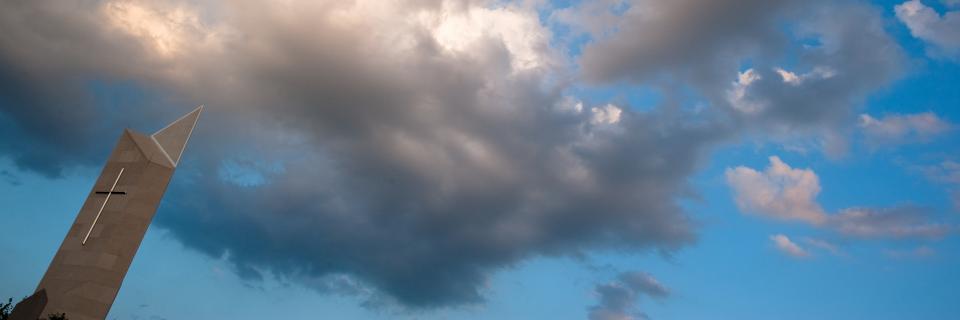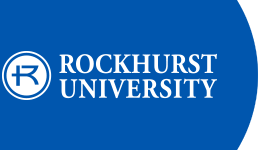Biology Professor Receives 3rd NASA Grant to help Teachers

Biology Professor Receives 3rd NASA Grant to help Teachers:
Dr. Mary Haskins, Biology Department, recently received her third grant from the Missouri Space Grant Consortium which manages NASA’s educational funding for Missouri. The grant supports her team, Technology and Educators Advancing Missouri Science (TEAM Science), in providing activities which advance NASA’s goals related to space exploration and climate change. The interview below was conducted to learn more about RU’s involvement with NASA educational grants.
Could you please share with us your history of working with NASA?
Since 2019, I have received almost $60K in NASA funds that have been used to support professional development (PD) programs for middle school teachers, classroom presentations by TEAM Science, and prior to Covid-19, on-campus field trips for middle school students. To date, TEAM Science has engaged almost 1000 middle school students in experiments that promote problem-solving.
Please describe some of the experiments you have done with the students.
We have engaged students in building and testing straw rockets using Pitsco Straw Rocket Launchers. Teamwork was evident as students offered their classmates suggestions for improving rocket designs, and students were amazed to see their rockets travel an average distance of 100 meters.
Both students and teachers have loved the activity “Marsbound! Mission to the Red Planet” from NASA's Mars Exploration Program. Students were divided into teams and asked to select one of NASA’s four Mars Exploration Program goals. They then made decisions about budget, mass, and power to compete their mission’s science objectives. Students enhanced their critical thinking skills as they debated their options and used evidence to support their choices. The event was so popular in one school that they posted pictures of engaged students and a summary of the Marsbound activity on the school’s Facebook page! The caption described the choices and decisions required in planning a mission to Mars and credited both Rockhurst and NASA for the learning opportunity.
We have also engaged teachers and students in simulated meteorite impact experiments. Because I have my lunar and meteorite certification, I can borrow samples from NASA thus allowing students and teachers to see real moon rocks and meteorites and that experience is always very special for participants.
What feedback have you received from the teachers?
Teachers have been very positive. Typically they gain confidence in their ability to teach science as evidenced by this statement from a teacher: “I have more knowledge and confidence in teaching science concepts.” Many have expressed appreciation for the opportunity to expand their curricular resources and for activities that make earth/space science engaging. For example, one teacher shared “I have many new ideas to engage my students in learning the science content they need, and the NASA experiments have renewed my passion for teaching science. I look forward to inspiring my students. Yay!”
On a personal level, can you share something about the impact this grant work has had on you?
I have learned a great deal from the teachers and students who have participated in our programs as well as my team. Sometimes the best questions come from those with less experience because they often focus on the big picture, the “how” – before they involve themselves with the details; these exchanges often lead me into reflecting on the material in a new way and present opportunities for my personal growth. I’ve also been very fortunate in assembling a fabulous team of seven master educators including an internationally renowned STEM author and we truly enjoy working with one another.
Are there any special highlights you would like to share?
One highlight of my NASA work was serving as the external reviewer on the final review panel which met on the Langley Air Force Base in Hampton, VA. After we finished our grant work, one of the NASA administrators gave me a personal tour of the base including the splash pool where the landing modules are tested. It is much smaller than you might imagine!
Haskins has a long history of working with K-12 STEM education. Throughout her 34 years at Rockhurst she has secured nearly $6 million in external funding and she has served many times as a grant reviewer for NASA. Before earning her doctorate in Biology, Haskins taught middle-school earth and physical science in southern Missouri.







